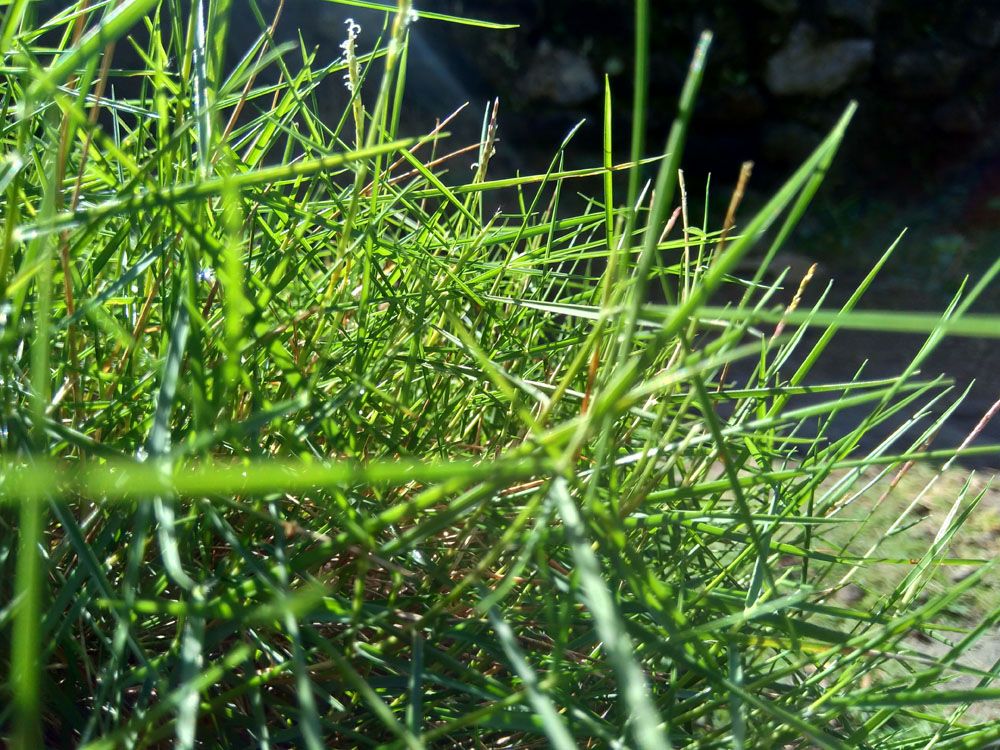
Agrostis spp. – Bentgrass
Agrostis spp. Bentgrass: Management and Control
Agrostis (bent or bentgrass) is a broad and virtually global genus of grass plants found in nearly every country on the planet. Bent grass is one of the most widely dispersed grasses on the planet, ranging from a weed on some of the poorest agricultural land to some of the most well cultivated turf. Bent grass is used in a variety of turf applications due to its fine leaf texture, overall resilience, and exceptionally low cutting tolerances.
Maintenance
Because of their shallow roots, these grasses require frequent watering in dry times. They should only be used in the hottest parts of the south. The management of bent grass greens is a difficult issue, however bent grass should be given its first trim at roughly 15 – 20 mm height, with the goal of eliminating the top 1/3 of the plant to promote the plant’s growth tendency to expand. Subsequent mowing can bring the height down to the appropriate level. If not properly handled, thatch buildup can be a concern.
Cool-season grasses grow the fastest in the autumn and spring and then slowdown in the winter. In the summer, they will continue to grow with irrigation in cooler places, but in hotter areas, they will become dormant. In the warmest conditions, little or no nitrogen should be administered. The enormous flush of development that occurs in early spring should not be promoted further.
Unless you intervene, bentgrass will take control; Here’s what you should do.
Spraying your lawn with glyphosate-containing pesticide is an efficient technique to get rid of creeping bentgrass. Follow the directions on the label of any herbicide you use. Spray roughly a foot outside of the creeping bentgrass cluster to ensure complete eradication. When the creeping bentgrass is actively developing, the herbicide will be most effective. You may also dig up the spreading bentgrass clumps, but make sure you get all of the roots. If your yard is highly plagued with creeping bentgrass, just tilling and installing sod may not be enough to get rid of it.
Choosing to replace the entire yard is a decision depending on the amount of the weeds and the quality of the current grass, as well as your goals. Improving cultural practices may significantly enhance the quality of a lawn without the labor of replacing sod or seed.
